May 22, 2025 | 13:24 GMT +7
May 22, 2025 | 13:24 GMT +7
Hotline: 0913.378.918
May 22, 2025 | 13:24 GMT +7
Hotline: 0913.378.918
Betel nut cultivation and processing have been popular in Cao Nhan commune, Thuy Nguyen district, for decades. The distinctive feature of this land is the picturesque aisles of verdant green areca trees that spread across every village. The areca palm not only provides a primary source of income for the local population, thereby alleviating poverty, but it also represents the strong connection between humans and nature.

Betel nuts purchased in Cao Nhan commune in recent days. Photo: Dinh Muoi.
The residents of Cao Nhan are profoundly committed to the areca tree, even though the adjacent areas prioritize wet rice and vegetable farming. Cao Nhan is undoubtedly the "capital" of the areca palm in Hai Phong, boasting a cultivation area of over 65.6 hectares, over 124,000 mature areca trees, and several hundred thousand immature trees.
According to Ms. Hoang Thi Hat, Director of Cao Nhan Cooperative, the areca that is grown locally is of exceptional quality. It is cultivated using a combination of traditional techniques that have been handed down through generations and modern agricultural science. The market value of these trees has increased to an average income of 300,000 to 500,000 VND per tree per year due to the attraction of many Chinese merchants to this combination. Cao Nhan's status as a center for preliminary processing and exporting betel nuts overseas is a result of the insufficient supply, which forces merchants to seek alternative sources to satisfy demand.
The quality of fresh betel nuts progressively declined due to incomplete preservation technology, regardless their initial export. In light of this issue, they devised a processing method that was specific to the region.
The betel nuts are subjected to a series of complicated processing and preservation procedures following their harvesting, before being packaged and exported to China via the Mong Cai or Tan Thanh border gateways.
Hai Phong port has been the primary port of entry for the majority of betel nuts in recent years. Betel nut cultivation transformed the appearance of Cao Nhan commune by generating new sources of income for its residents.
It was previously difficult to cultivate areca in Hai Phong due to the limited export market. Nevertheless, the lives of Cao Nhan residents have improved due to the market's prosperity, prompting a significant number of them to recommit to betel nut cultivation in an effort to transform their lives in their homeland, as Ms. Hat shared.
The betel nut cultivation and processing industry have provided the local residents with a prosperous life, according to Mr. Nguyen Van Tien, Vice Chairman of the Cao Nhan Commune People's Committee. At present, the commune operates 37 facilities for the purpose of preserving betel nuts for export to the Chinese market. This activity generates consistent employment for more than 1,000 individuals, with an average monthly income of 10 million VND per person.
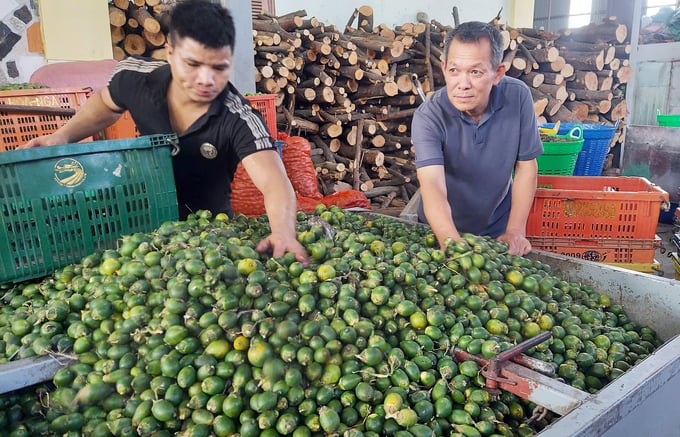
Betel nuts are purchased everywhere and then processed before being exported to China. Photo: Dinh Muoi.
In the past three years, over 1,000 producers have returned to betel nut cultivation, with new planting areas on over 65 hectares. The residents have received substantial revenue due to the selling of 124,000 betel nuts to date.
Typhoon No. 3 struck in 2024; however, the areca palms sustained only minor damage. Farmers experienced a successful harvest season, which resulted in high betel nut prices. This rekindled activities in the procuring, drying, and exporting of betel nuts after a prolonged period of difficulty, thereby generating employment opportunities for local residents. Numerous individuals have allocated billions of VND to the renovation of processing facilities for the dehydration of betel nuts, which has resulted in substantial profits.
However, as Mr. Tien observed, this happiness was fleeting. A precipitous decline in prices and the repetition of the historical phenomenon of "price suppression" were the results of China's recent tightening of regulations on the importation of desiccated betel nuts, which occurred nearly one month ago.
"In recent years, there have been individuals in Cao Nhan who have purchased betel nuts and exported them to China. The total trade value of these transactions has exceeded hundreds of billions of VND, resulting in profits in the tens of billions and the creation of numerous jobs for local seasonal workers." Nevertheless, the export of betel nuts remains unstable, as it is heavily dependent on Chinese merchants. Consequently, it is a matter of good years and poor years, as Mr. Tien shared.
The annual yield of 415 tons of fresh betel nuts and 3,083 tons of dried betel nuts in the Cao Nhan village for dried betel nut cultivation and processing is over 784 billion VND. The typical monthly income of the village's residents is 10 million VND. In the past, betel nut producers and traders have endured significant losses due to export obstacles.
Translated by Linh Linh
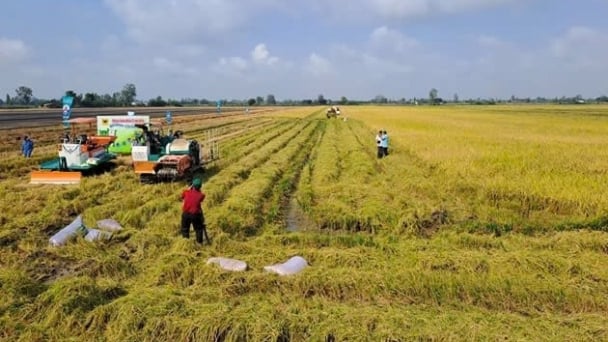
(VAN) To operate carbon market, one of the key issues is determining which types of 'commodities' meet the standards to be traded on the market.
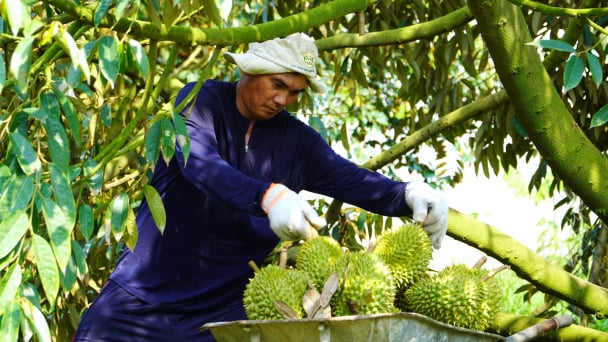
(VAN) Durian-producing localities need to coordinate more effectively with central authorities to improve the traceability, monitoring, and response systems in case of violations.
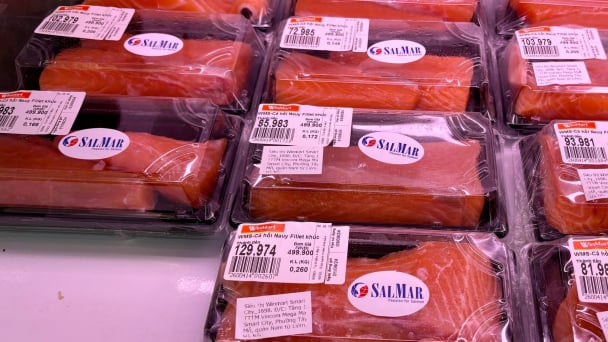
By minimizing waste, embracing modern technology, and expanding into niche markets, SalMar - the second largest producer of Atlantic salmon in the world has built a successful strategy to conquer the global market.

(VAN) One of the key factors for businesses to effectively take advantage of tariff preferences under these FTAs is the rules of origin.

(VAN) Oliyar, a prominent Ukrainian oil and fat manufacturer, has revealed plans to build a farm for 2.3 million laying hens in the Lviv region. The additional production quantities promise to change the competitive landscape of the egg market of the Eastern Europe region.
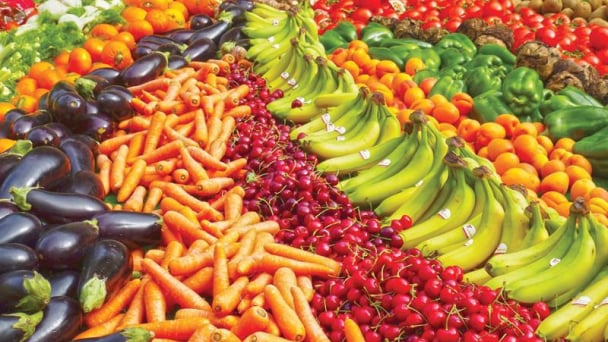
(VAN) On May 15, Ministry of Agriculture and Environment of Vietnam hosted the 'Connecting Vietnam - Germany agricultural, forestry and fishery trade' seminar in Berlin, Germany.
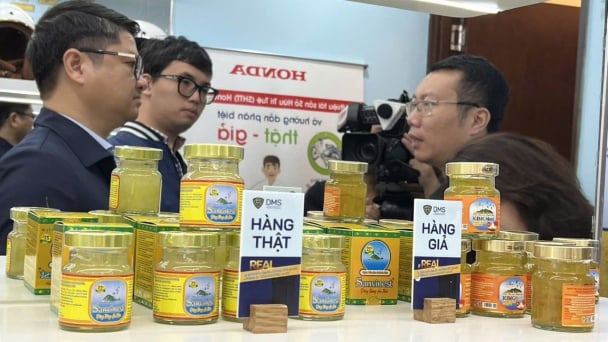
(VAN) In the face of counterfeit and imitation products, Khanh Hoa Salanganes Nest Company hopes for the prompt completion of the legal framework, strict enforcement against violations, and protection of the bird’s nest brand.